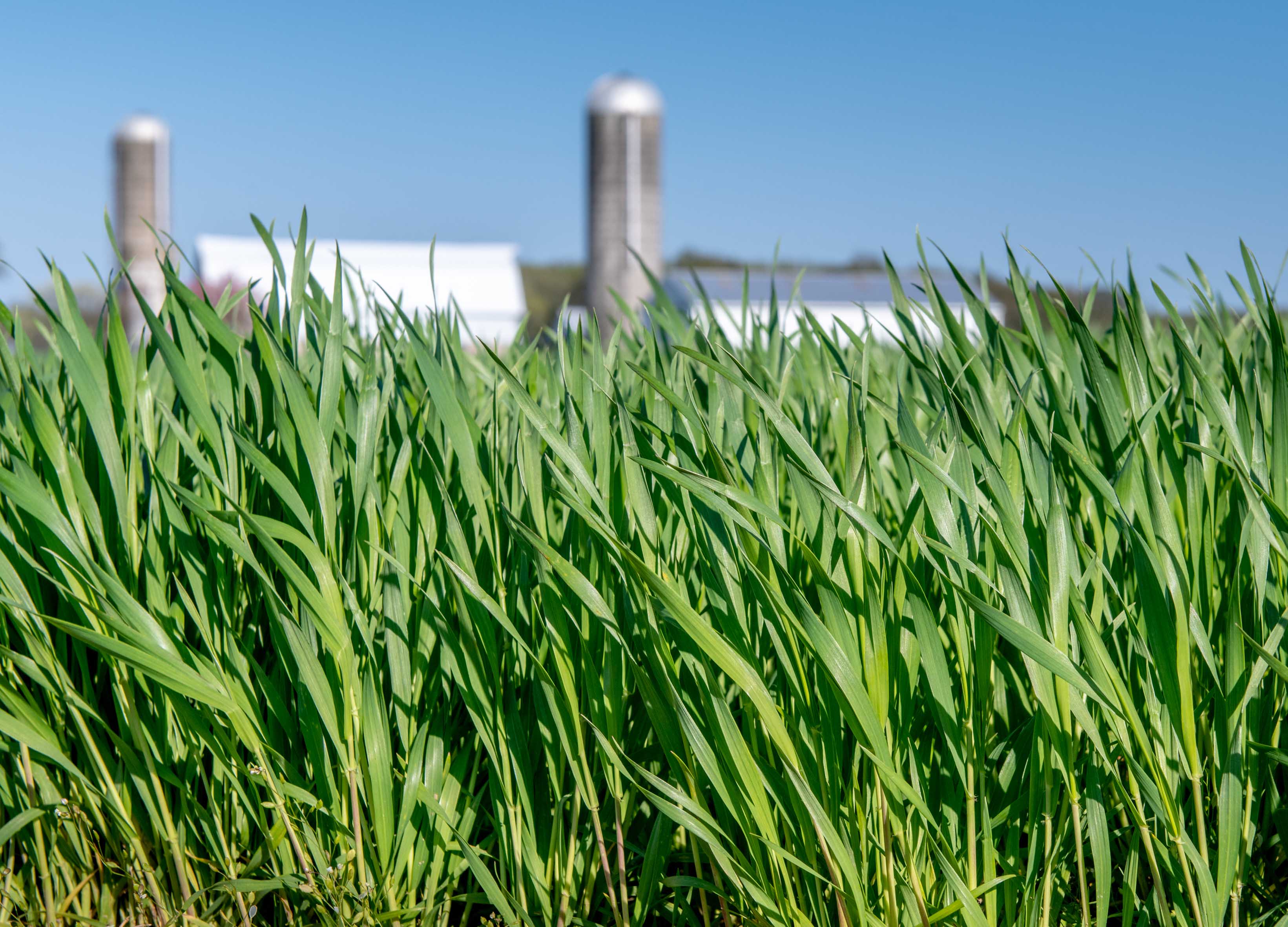February 24-28 Happy Hen Farms Weekly Newsletter: Cover Crops and Chickens
 |
| From: Maryland Department of Agriculture |
Good Evening,
I am sorry that this email is later than usual; the nice weather kept me outside longer than anticipated this weekend!
Everyday is available for deliveries this week! If you pick up at my grandparent's store in Nampa, they are open Tuesday and Thursday (10-3), and Friday (10-5).
Eggs:
Egg production has generally stayed the same at 5.5 dzn/day, although the nice weekend weather created a small boost in egg numbers! The chickens filled a whole 5 gallon bucket full of eggs in two days (overflowing I might add). It made for a lot of egg washing for sure! I have about 25 Medium dozen and 10 Large dozen to start the week out with.
Also, I just got a new shipment of egg cartons in, so the eggs will come in some nice crisp packaging!
Newsletter:
During my time in the nice weekend weather, I planted some wheat throughout the entirety of the garden area. The purpose for this wheat is for it to become what is called a cover crop. Some of you may have heard about cover crops, and some of you may have no idea about what a cover crop is. That's okay!
I know that this is going to be a deeply profound explanation of what a cover crop is, but a cover crop is a crop that covers the ground.
The idea behind cover crops basically is derived from Creation itself. Using Idaho as an example: the desert, or even the mountains, always has some sort of living thing growing in the ground, or at the very least, covering the ground. By always having a covered/living soil, the microbes in the soil are always being fed, which keeps them alive (another very profound statement!).
While production Agriculture cannot simply let a field grow back into a forest or desert (or in most cases, weeds), an increasingly popular way of mimicking nature is to use cover crops to always have food available for the soil microbes. I have heard it put that the reason why weeds come up so fast is because there is a void in the soil that needs to be filled, and if there isn't something productive being constantly put into the soil, something that we would consider unproductive will rise up to fill the void in the soil food web.
Cover crops not only keep feeding the soil, but they often benefit the proceeding cash crops to be put in after them way better than weeds.
Cover crops come in many different types and some are better suited to different areas or operations than others. Fast growing cereal grasses (wheat, barley, oats, rye, ect...) are grown as quick cover crops, and are generally used in some way for operations with livestock, as they can be turned into hay or silage. Cereal grasses generally have good yields, and they also are good nutrient scavengers ("absorbing" excess nitrogen in order to prevent nitrate leaching into groundwater). If the nitrogen can be scavenged and stored in the grass, it won't wash away, but will be stored for next year to be utilized by the coming crop. Triticale (cross between wheat and rye) is known to be exceptionally good at nutrient scavenging. Cereal grasses obviously can be grown for grain as well, so they are considered a "dual purpose" crop.
This is a row of barley that I grew as a cover crop last year; in the fall, I cut it and used it as a green chicken feed, and left the rest of the plant in the ground to feed the soil microbes. I can't wait to see what the results will be this year after having the barley in that row last year!
Other cover crops are used to put nitrogen into the soil. Legumes (beans, peas, alfalfa, clover, ect...) are also a dual purpose crop, because they can be used for grain (beans, peas), as well as hay/silage (alfalfa, clover). Since Legumes put nitrogen back into the soil, they can be valuable for proceeding crops that have high nitrogen requirements (like corn). For livestock operations, alfalfa is typically used for hay due to it's good yields as well as protein content. Alfalfa is a perennial crop (it comes back every year), which makes it more valuable, which also means that it acts as a cover crop and a cash crop at the same time.
So, my purpose for planting wheat this weekend is to continue to have a cover on the soil, as well as to provide a starting point for my experimentation with silage for the chickens. I will continue to show progress as the season(s) go on about how the cover crop is being used!
As always, if you have any questions or comments, please feel free to ask!
Thank you!



Comments
Post a Comment